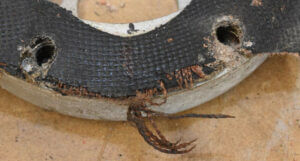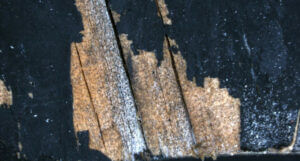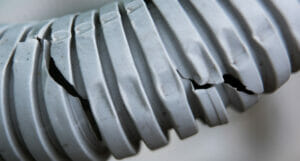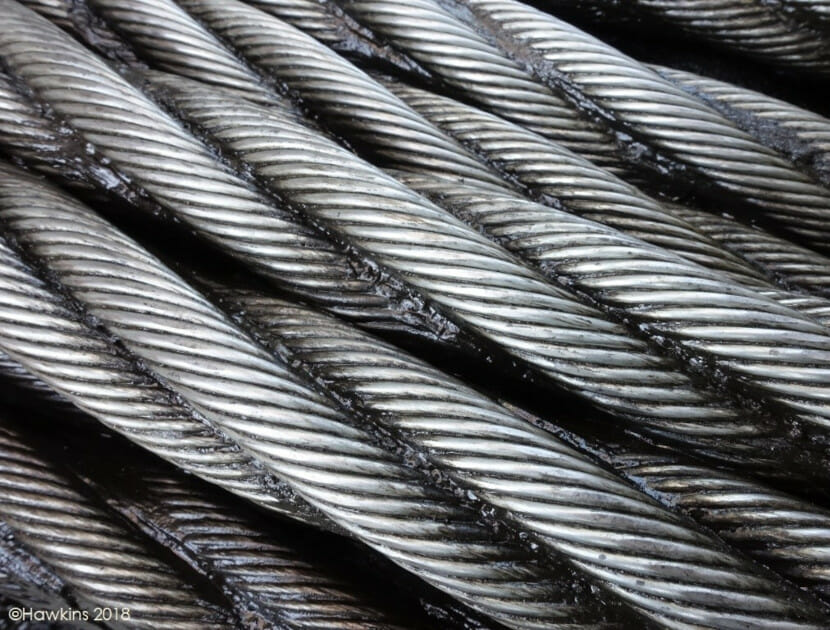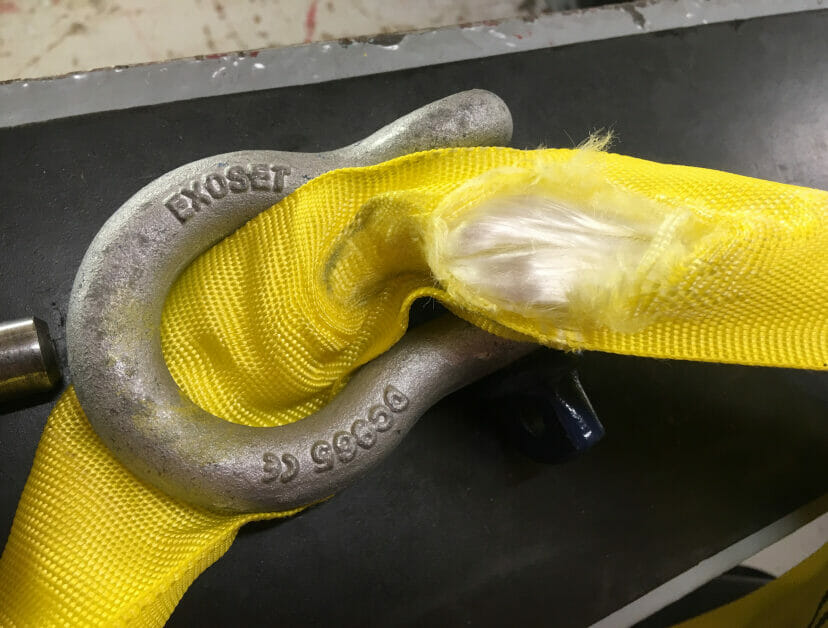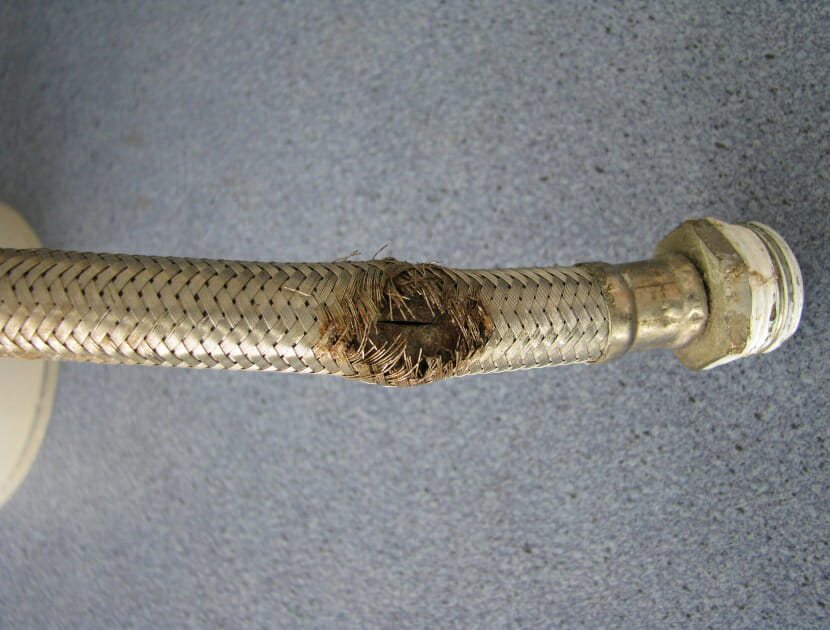Fibres & Textiles
Fibres and textiles can be used in a surprising array of critical equipment across many industries, from ropes and straps, to Kevlar gloves and PPE. Failure of these items has the potential to cause catastrophic consequences, such as serious injury or loss of life, in addition to extensive damage to valuable assets.
We can investigate failures by carrying out detailed inspections of all relevant components and considering all steps of the process from the design, manufacturing processes, assembly and installation and eventual use.
Examples of cases that we have investigated include rope failures that have led to damage of cargo and in one case, the inadvertent launching of a ship. In-depth investigation of the items can identify the cause and prevent similar incidents from occurring in the future.
When investigating a failure, we use well established analytical techniques to discover whether a component was designed, manufactured, assembled, installed and/or treated as it should have been, or whether there are other contributory factors.
WHY APPOINT A FORENSIC INVESTIGATOR?
We have the technical knowledge and experience to tell you why a materials failure occurred, not just what caused it.
- We have an in-depth knowledge of the regulations, guidance and best practices that should be followed during manufacture and treatment of fibre and textile materials.
- We review working practices and specifications required dependent of the use of the item to identify areas at high risk of a fault.
- We offer guidance and/or help you define and develop good working procedures and practices to reduce the risk of incidents occurring.
- We provide you with the answers you need to determine why an incident occurred and so assist in repudiation/cover decisions and fraud identification.
- Our experts are knowledgeable in a wide range of areas and can investigate all aspects of a materials failure, meaning that you can instruct one expert, rather than several.
- We have laboratories and equipment designed specifically to investigate materials failures, with powerful, state-of-the-art stereomicroscopes.
- We will help you to determine if an incident could have been avoided.
- We support subrogation/recovery efforts.
- We help you to make decisions regarding where legal responsibilities/liabilities lie.
- We help you to defend wrongful claims.
- We produce reports suitable for Court and litigation.
- We provide consultancy advice to prevent similar events happening again in the future.
- If removing a risk entirely is unavoidable, we advise on steps to take to mitigate the risk and reduce the potential damage resulting from an incident.
- We advise on servicing, maintenance and repair regimes.
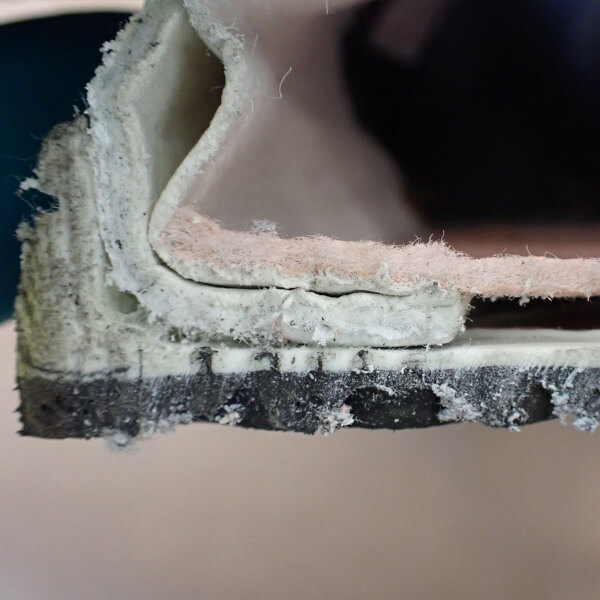
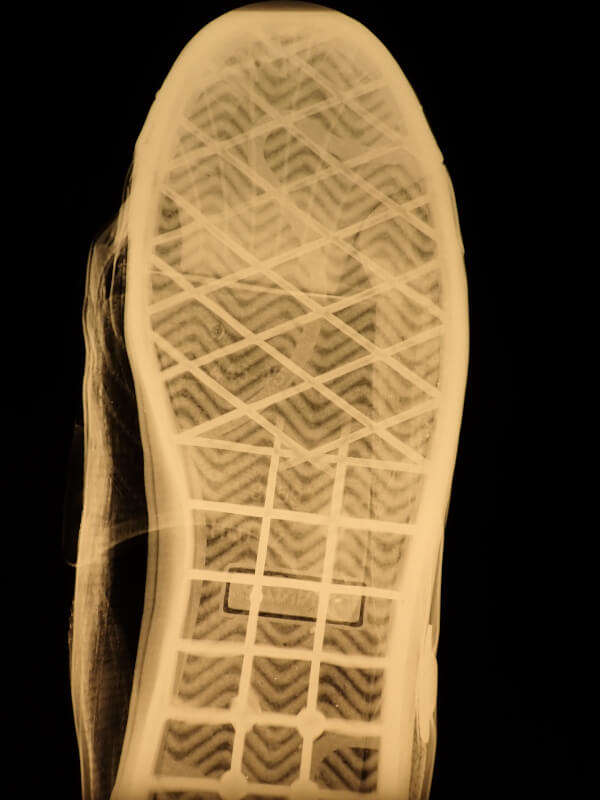

Examples of Typical cases
- Rugs damaged by insects
- Soft furnishings damaged by atmosphere
- Rope failures
- Examination of protective gloves
- Investigations into failures of foot wear, including domestic and protective equipment.
Our services are flexible and can be tailored to your needs, depending on the scale and urgency of the investigation. Our services range from a free consultation through to a full investigation including a court-compliant report for the support of legal action.
If you would like to discuss how we can assist you please fill out our enquiry form or call us for a free consultation.
HOW DOES HAWKINS INVESTIGATE FIBRE & TEXTILE FAILURES?
1
Consultation
We like to speak to our clients before conducting any work so that we can understand and plan how we can add the most value to any case. We will discuss your requirements, determine what information is already available and who the most appropriate parties are to contact to fully understand the background of the case. We are also happy to provide you with a cost estimate and time scale to conduct a forensic investigation.
2
Inspection
If required and with your agreement, we will arrange to visit the scene to inspect the damage. Wherever possible, we will retain faulty parts for examination in our laboratory, where we use a range of equipment, tools, and tests to determine the cause of the failure. This could include microscope examinations, recreating an installation in a controlled environment, or testing exemplar components or materials.
3
Conclusion
Once our examination is complete, we will discuss our findings with you and prepare a report containing a detailed account of our investigation, conclusions, and where appropriate, further work or advice.
SPEAK TO ONE OF OUR EXPERTS
Testimonial
“Thank you for your superb effort in this case.”
Rhys Phillips
“Many thanks for turning out today at such short notice and providing the benefit of your expertise and knowledge. It was evident the Client was extremely relieved that this matter was being investigated expeditiously.”
Chaz Winterton
“I just wanted to say thank you for all your help and the information you found was of real insight. Thank you again for all your help.”
Stewart Hargreaves
“I just wanted to say thank you for all of your hard work preparing the Hawkins report. Please pass on my thanks to the rest of the team. We really appreciate the hours you have all put in and I know the client is pleased with your work.”
Philippa Jones
Related areas of expertise
Composites
A composite material is any multicomponent material that contains two or more distinct constituents or phases, i.e. it is made from a combination of two or more different types of constituent material. Perhaps the most familiar examples in modern engineering are glass or carbon fibre reinforced plastic (GFRP or CFRP).
Glass & Ceramics
Ceramics are familiar materials in everyday life and typically fall into one of the following groups: glasses, structural clays, whiteware, abrasives, cements and advanced ceramics. These are easily recognised all around us, from windows, lenses and fibre glass to floor tiles, plumbing fixtures and optical fibres. Failure of these materials can lead to personal injury, structural damage, loss of earnings, to name just a few outcomes.
Paint & Coatings
Coatings, from electroplating metals to applying physical paint, primarily shield materials from degradation—preventing corrosion in metals and rot in natural elements. However, they can fail due to poor installation, curing environments, or manufacturing issues. Detailed analyses, including nano-scale examinations, unravel the root causes, offering essential insights to assess and solve these protective shortcomings.
Plastics/Polymers
Polymers, or plastics as they are more commonly known, are used in all aspects of modern-day life: from pipework to paint coatings, textile fibres to automotive components and adhesives to hot water bottles. Plastics are imbedded into our way of life, and failure of these materials can lead to personal injury, escapes of water, loss of earnings, to name just a few outcomes.



